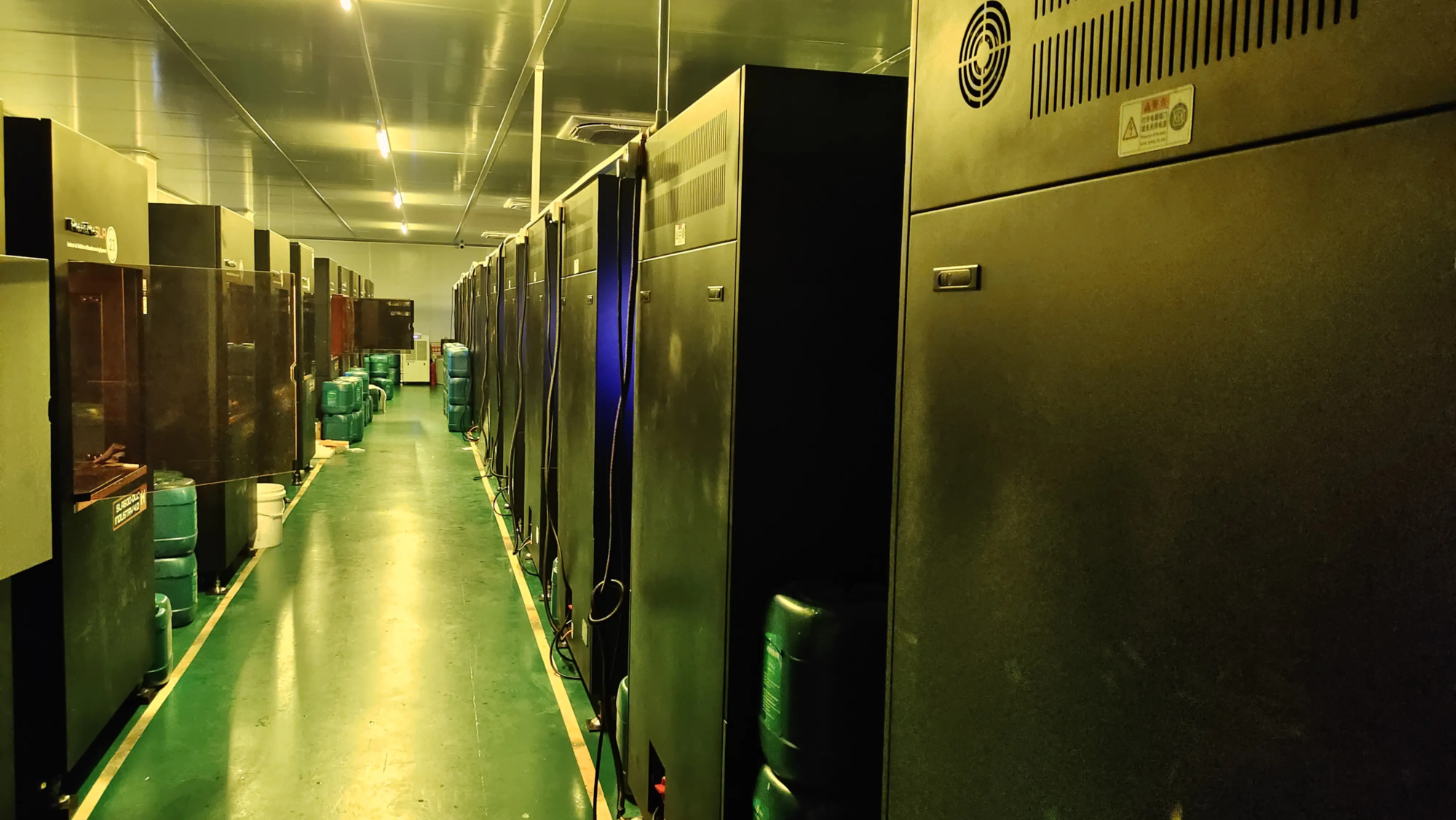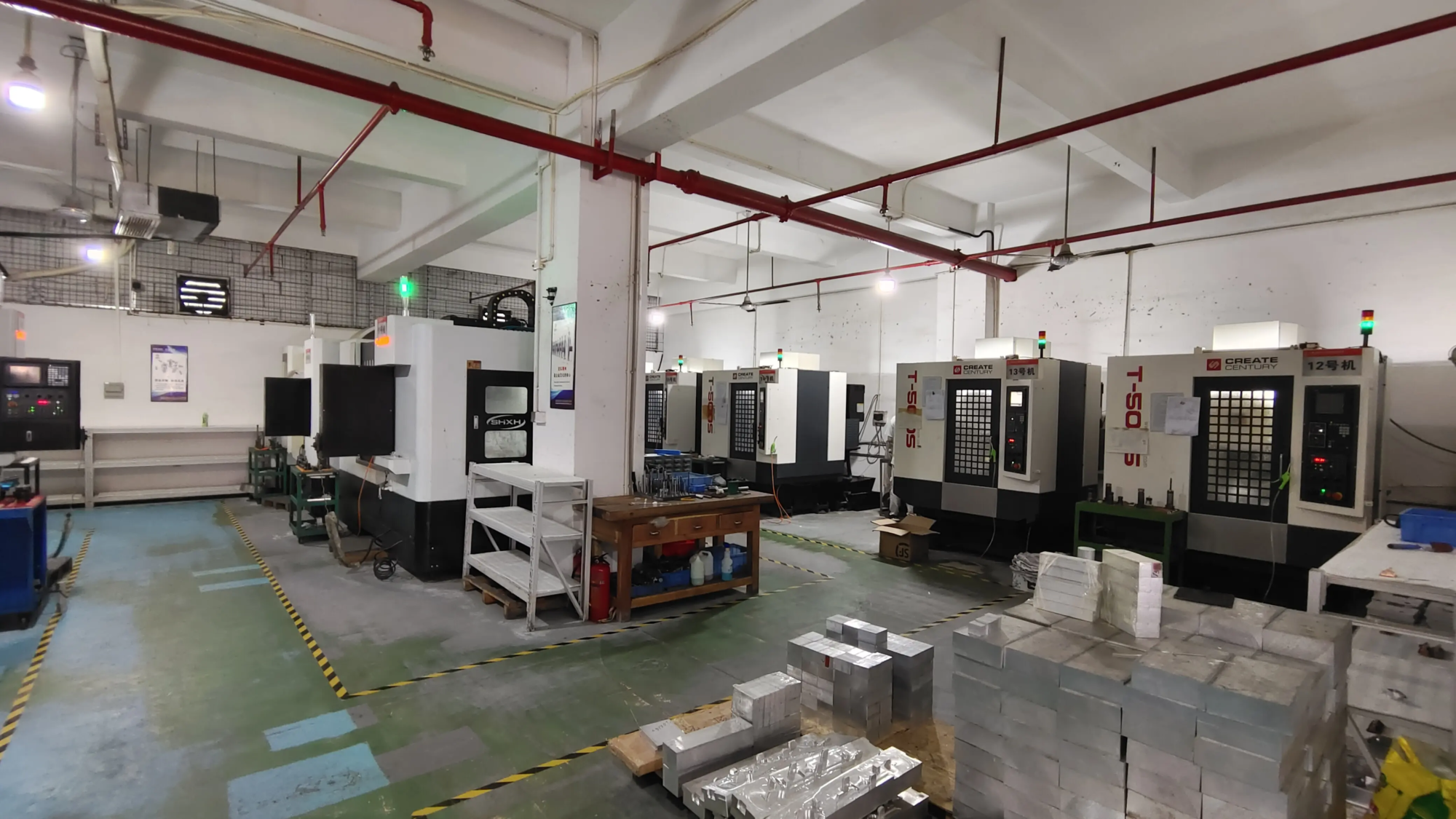FormLab 3D Printing: Your In-depth Guide to Accurate Prototyping and Production
The landscape of product development and manufacturing is fundamentally reshaped by 3D printing, and FormLabs is an important player, especially in the fields of professional stereolithography (SLA) and selective laser sintering (SLS) technologies. Formlabs is known for its accessible but high-performance desktop systems, democratizing industrial-grade additive manufacturing, empowering designers, engineers and businesses to iterate quickly and produce complex parts with extraordinary precision. This guide delves into the core aspects of Formlabs 3D printing, exploring its technologies, materials, applications and best practices.
Unlock the core technology of Formlabs
FormLabs mainly utilizes two powerful additive manufacturing processes:
- Stereo-lithography (SLA): This is Formlabs’ flagship technology. It uses a high-precision laser to selectively cure the liquid photopolymer resin layer by layer, building the section from the bottom. Key features include:
- Unrivaled finish: SLA produces parts on the printer with incredibly smooth, detailed surfaces.
- High resolution and accuracy: Ability to capture tiny features with tight tolerances and complex geometry, ideal for prototypes that require visual fidelity or precise fit.
- Various resins: A dedicated resin library for engineering, dental, medical and jewelry applications (e.g. tough, flexible, biocompatible, castable, full of ceramics).
- Selective laser sintering (SLS): This technology uses a high-power laser to fuse small particles into a layer of nylon powder. Its logo is:
- Functional strength and durability: Nylon powder produces robust parts with excellent mechanical properties suitable for functional prototypes and end-use parts that need to affect resistance and toughness.
- No support required: Unconnected powder around the part during printing provides inherent support, allowing highly complex geometries to have complex internal channels or interlocking parts that are difficult or impossible in SLA.
- Isotropic characteristics: Parts usually have consistent strength in all directions.
Why choose FormLabs?
FormLabs bridges the gap between industrial capacity and accessibility:
- Professional quality, desktop footprint: Provides industrial-grade printing resolution and material properties without the need for a large amount of factory space.
- Cost-effective iteration: Compared with traditional methods, the cost and time of prototype production is greatly reduced, thus achieving more experiments.
- Material versatility: From rigid and robust prototypes to flexible components and biocompatible surgical guides, resin and powder options cover a huge demand.
- User-friendly ecosystem: Intuitive software (preform), automation on the printer, and powerful post-processing solutions simplify workflow.
- Scalability: Suitable for low volume end-use production (especially SLS) and high fidelity prototypes.
Material: Performance Engine
The real power of Formlabs lies in its extensive materials science. Resin and powder carefully designed for specific results:
- Engineering resin: Rigid (standard, transparent), tough/tough 1500 (impact force like ABS), durable (PP-like flexibility), high temperature (>200°C HDT), flame retardant, high speed draft.
- Dental and medical: Biocompatible Class I/IIA resins (surgical guide, model, splint), elastic 50A (soft tissue simulation), dental LT/LD (long-term wear).
- Jewelry: Castable wax resin (investment casting), precious resin (Lost Wax).
- specialized: Full of ceramic (heat resistance, stiffness), flexibility (TPE/TPU like), composite resin (high stiffness, low weight).
- SLS Powder: Nylon 12 (standard strength, durability), Nylon 11 (reinforced elasticity, durability), TPU 90A powder (real flexible elastomer) and glass-filled nylon (rigid, heat resistance).
Choosing the right materials is crucial to the success of the project, requiring careful consideration of mechanical needs, environmental conditions and aesthetic needs. Expertise in material selection is where dedicated rapid prototyping partners really add value.
Key Applications: From Concept to End Use
Formlabs printers are everywhere throughout the industry:
- prototype: For fast conceptual models, form and fit checks, functional testing (using engineered resin/SLS), and visual prototypes, it is actually unparalleled.
- Tools and manufacturing aids: Fixtures, fixtures, patterns, soft jaws and mold masters are generated quickly and cost-effectively.
- Custom end-purpose parts: SLS is here specializing in the production of complex, durable components (e.g., aerospace pipelines, custom auto parts, special mechanical components).
- Health Care: Surgical guide and drill templates, anatomical models for pre-surgical planning, biocompatible devices, dental models, orthotics.
- Jewelry: High detailed main pattern for casting, direct printing of precious metal design.
- Education and Research: Accessible tool design, engineering principles and advanced research applications.
Post-Navigation Processing: Achieve Perfection
Raw Prints Fresh form formsabs printers usually require post-processing to achieve their final properties and appearance. The steps usually involve:
- clean: Remove excess unfixed resin (using IPA or proprietary solvent) or excess powder (SLS).
- Support for demolition (SLA): Carefully disengage the support structure.
- After curing (SLA): Expose the resin parts to controlled UV light for maximum curing and material properties. A key step in stability and strength.
- finishing: Includes grinding, polishing, painting, steam smoothing, tumbling, annealing (SLS) or staining (SLS) to achieve the desired surface texture and aesthetics.
- Assembly/enhancement: Glue the parts, insert them into the hardware or apply paint.
With Greatlime enhancement function
Formlabs provides a powerful desktop solution for polymers, but to solve complexes Rapid metal prototyping Industrial-grade equipment and expertise are required. This is what professional partners like Great Become essential. As a professional rapid prototyping manufacturer, Greatlight deployment Advanced Selective Laser Melting (SLM) 3D Printercan directly fuse metal powder into completely dense high-strength components. This technology solves the challenges of complex metal parts that exceed polymer functions.
Gregthile does not stop printing. They provide Comprehensive one-stop post-processing and sorting services – Includes key steps such as heat treatment (annealing, pressure relief), precise CNC machining for tight tolerance characteristics, grinding, polishing, EDM, coating and assembly. Their expertise covers a wide range of High performance materials (stainless steel, titanium alloy, aluminum alloy, inconel, tool steel), most of which can be Customized and processed Meets strict specifications.
For engineers who need it Custom precision machining Regarding complex geometry generated by SLM or other methods, Greatlight leverages its integration capabilities to deliver excellent results. Using state-of-the-art equipment and sophisticated production technology, positioning them as One of the major rapid prototype companies from China. need Precision metal parts Rapid and cost-effective? Customize fast prototype parts now at competitive prices!
in conclusion
FormLabs 3D printing represents a paradigm shift, providing sophisticated, accessible technology that provides innovation for innovation in various sectors. Its strength lies in providing high resolution prototypes and end-use parts, with excellent surface quality and a wide palette of material properties through SLA and SLS. Understanding each technology, the nuances of material selection, and the key role of meticulous post-treatment is key to unlocking its full potential.
For projects that require high strength, thermal resistance and metal accuracy, especially when complex geometry is involved, extending your capabilities to include a professional SLM manufacturing partner at Greatlight (Greatlight), which is a strategic advantage. Their expertise ensures a smooth transition from digital design to carefully completed functional metal components. Whether you are exploring complex resins on Formlabs printers or need industrial metal solutions, it is easy to create efficient and precise capabilities that accelerate your market and innovation cycles.
FAQ (FAQ)
Q1: What is the biggest difference between a Formlabs SLA printer and a desktop FDM printer?
A1: Technology and finish: SLA uses lasers to heal liquid resins, which obtains smoother surfaces, finer details and tighter tolerances than FDM (extruded melted plastic filaments). SLA resins also have a wider range of engineering properties (flexibility, temperature resistance, biocompatibility). FDM is usually faster for larger, simpler parts, and is often used with cheaper thermoplastic materials such as PLA and ABS.
Q2: Is formabs sla printing sufficient for functional parts?
A2: Depends on the resin and application absolutely. Although early resins were brittle, formlabs offer premium "Hard," "Durable," and "Strong" Resin is designed for functional testing and moderate end-use parts. SLS nylon parts are very strong and durable, competing directly with plastics that inject plastics for many applications. Choosing the right material is crucial.
Q3: How complicated is the post-processing of FormLabs parts?
A3: SLAs usually require more post-processing than SLS. SLA parts require thorough cleaning in isopropanol (IPA) to remove unauthorized resin, careful support removal, and after mandatory fixation under UV light. SLS parts need to be removed primarily from powder beds and potentially lightweight trim. Both can be further smoothed, painted or processed. Working with services like Greatlight simplifies complex completion requirements.
Question 4: When should I consider using Greatlight’s SLM instead of my FormLabs printer?
A4: Select Greatlight’s SLM service when needed:
- Metal parts (For high strength/heat resistance black/non-productive alloys).
- Industrial-grade strength and durability Exceed polymer limit.
- Special geometric complexity It can be achieved by powder bed fusion, which may not be feasible with CNC, or is very challenging in polymer printing/post assembly.
- High precision machining requirements On complex 3D printed metal components.
Q5: Can Greatlight also handle the finishes of parts I print on my FormLabs printer?
A5: Yes, companies like Greatlight offer a wide range of one-stop post-processing services that can often handle the completion of polymer prints, providing high-precision technologies (such as high-precision CNC machining that require ultra-tight tolerances, complex surface treatments, complex surface treatments, paints, paints, paints or professional paintings to achieve easily accomplished products that can be easily completed to achieve the effect of parts.
Question 6: Can companies like Greatlight offer custom metal prototypes at a speed?
A6: Turnover time varies by part complexity, size, material and order quantity, but advanced service providers like Greatligh Quick turnaround. Leverage high-throughput SLM machines and optimized production workflows that often provide functionality The metal prototype is within a few daysmuch faster than traditional processing, especially for complex parts. Their "Quick customization" Methods are a core advantage.





